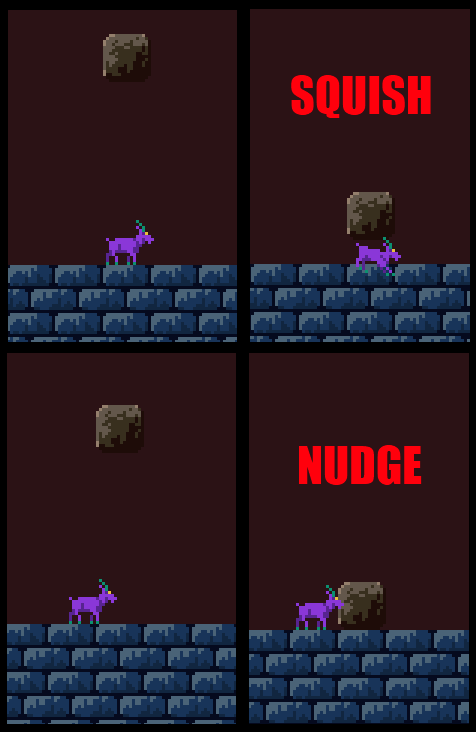This morning I finished The War of Art by Steven Pressfield. I started a couple months ago with his much shorter Do The Work, which a friend bought for me. When I read DTW, I didn’t know at the time that this was the same author who brought us Gates of Fire, probably the most badass book I’ve ever come across, but it makes sense. Pressfield has an approach to work that is both dutiful and selfless, with a bit of mysticism thrown in. Just as the Spartans would have liked it.
Why would I read this? I’m making games, not writing novels. Well, there’s a lot of similarity. Consider that writers and indie developers both:
- Work alone
- Spend time placing words on a page, whether in English or C#
- Make their own schedule and set their own deadlines
- Struggle with the same fears about creating something and having it judged by the world
- Creativity is vital
- Games have stories and dialog too!
It’s too early for me to give specifics on how this book has helped me with my work, since I’ve only had one workday since finishing it. I get the sense that the lessons in this book are more long-term in the way they adjust your outlook. I’ll be sure to follow up this post in a couple months to see where I stand with it. So far, I can say I highly recommend The War of Art to anyone else who works solo (especially game developers).
The central theme of the book is very close to a talk Elizabeth Gilbert gave on creativity, which I saw two years ago and found life-changing. This is by far my favorite TED talk, so watch it next chance you get. Both Gilbert and Pressfield propose a different way to look at the artist at work.
The conventional view is of the troubled, emo, starving genius, possibly manic depressive, withdrawn, emerging every so often to do work when inspiration strikes, but most of the time fretting about the situation. Enough artists are famous for mental issues, suicide and depression that this has become the stereotype.
How about a different model?
What if being an artist has nothing to do with your talent, beyond your talent to get yourself to sit down and get to work every day? What if your works of genius weren’t coming from you, but rather were the work of an immortal creature not unlike Dobby the house elf, who lives in the crawlspace of your office and only emerges every few days to bless whomever is nearby with a momentary stroke of genius?
As nuts as this sounds, it’s a VERY helpful way to approach work. Think about it: it’s no longer on you to be brilliant day-in-day-out. All you have to do is show up consistently. Log hours. The muse (or Dobby) may or may not appear for weeks on end, but as Gilbert says, at least you can say you showed up. You did your part. In other words, genius is a function of time spent at work. Waiting for the muse to hit you while not working is pointless. Just get started.
So if Dobby is on our side, using us to channel his brilliant ideas to the human world through our work, he must have a nemesis. Indeed. Pressfield spends more than half the book on Resistance–the force continually pulling us away from the simple state of being at work, where we are more likely to be given a stroke of genius.
How can you overcome this force?
According to Pressfield, it means becoming a Professional. By that he means “warrior.” Grit your teeth, do it anyway, get started now, love the challenge, do it for love, do it even when you don’t want to do it, enough excuses. Feel the fear, every time if you need to, it’s normal, and do it anyway. You’ve chosen the artist’s path to bring something special into the world. Now recognize that you’re in the middle of a war, and steel yourself.
I’ve read a couple other books on creativity, and many of them talk about Meaning. (28,000 hits on Amazon by the way.) Pressfield doesn’t use this word once, and it’s a breath of fresh air. Meaning is a dangerous road to take. It relies on external validation, and worse yet, it’s so vague. It demands some impossible concoction of enjoyment of the process, brilliance and relevance, and it’s all about ego. I much prefer the warrior-workhorse model. Show up, spend time, do it for yourself.
Was there anything troubling about the book? Since I’ve read so many books in this style, I’ve become a bit skeptical, because literally every one has a subtle promise of solving your every problem by taking their advice. What matters more to me now is data–how do I know this advice goes beyond the author’s experience, and has successfully helped others? With The War of Art, the only data is in the 280+ reviews and 4.5 star rating on Amazon. I’d love to see a more comprehensive study done and hear more stories from artists who’ve changed their work habits based on these principles.
If you’re such a person and have read this far, please comment! Everyone else, buy the book.

